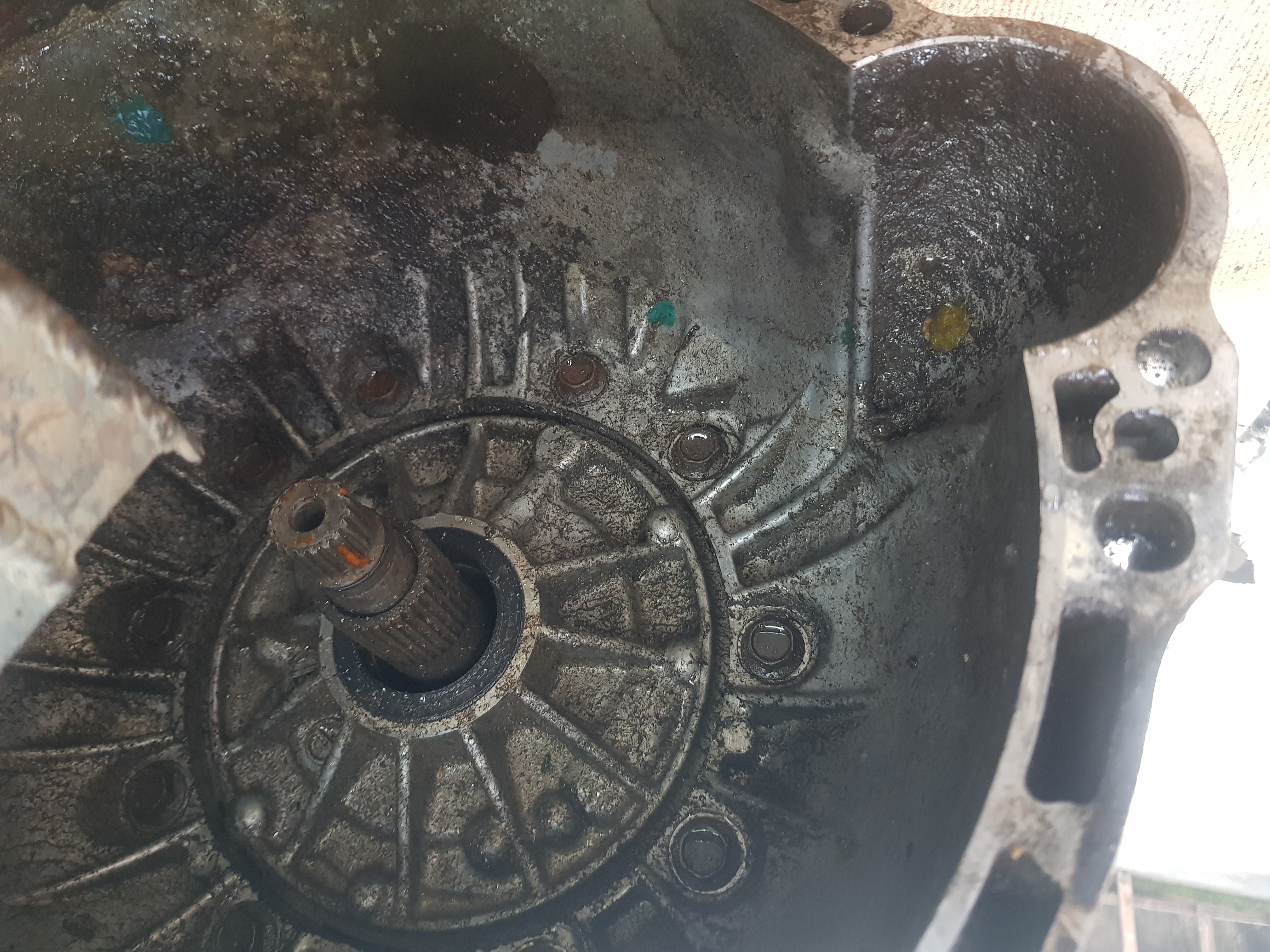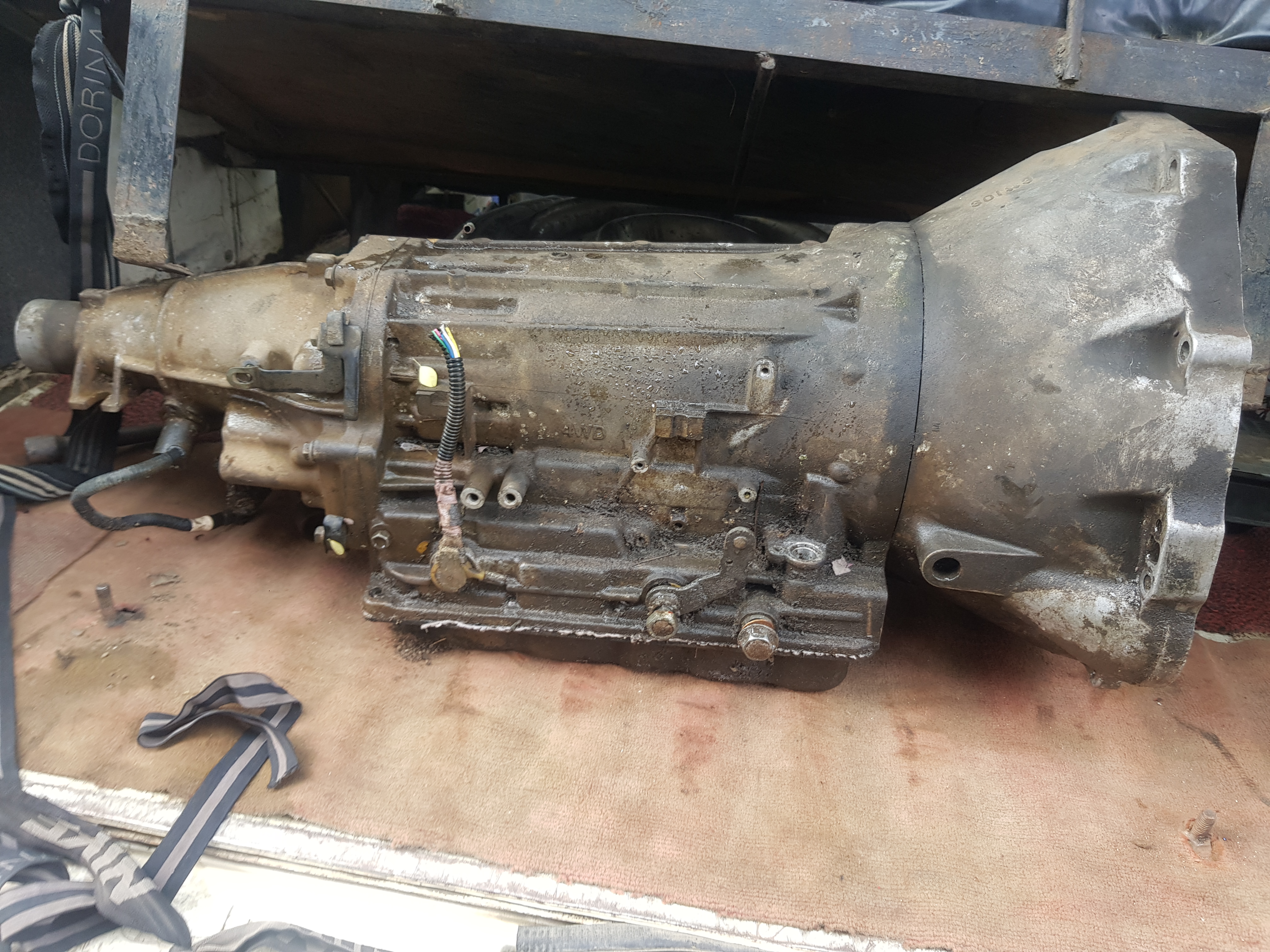Four wheel drive Gearbox

Gears are important terminologies in automobile industry and they are an important feature of the car. The gear is also referred to as the head of the transmission system, without the gear differentials, it's impossible to move a vehicle, it serves as the housing where different gear teeth are inside inclined to one another based on the mechanical calculations done by the manufacturer which would make the gear work as it's supposed to.

The gear that I would be speaking about today is the four wheel drive gearbox, this is very different from the two wheel drive gearbox and an all wheen drive gearbox. These are differently built due to their different functionalities as required by the manufacturer. As each gearbox is built with its own specifications, so also are there different types of transmission fluid. Every manufacturer always specify the type that. could be used with their gearbox due to the different working principle, different working conditions, different working temperatures as also related to climatic changes.
To mention but a few, there is EP 50, EP 70, EP 140 and so on. These have various oil quality and are specified for their various gearbox. You can always know when the transmission oil level has reduced for either a top up or a refill. As the engine have a dip stick, so also does the gearbox have a dip stick. The length of the dip stick is very short compared to that of the engine. The dip stick also have the minimum and max level spot indicated on it to show and tell when it reduces and when it is okay.
The gear changing lever is also stationed by the side of the gearbox which is connected to the gearbox. This is what is directly connected to the gear lever inside the vehicle which carries different designation like D, R, N, P and others like D1, D2, N, P, R. Whenever working on the gearbox, the cable connecting this would have to be gently removed to avoid damaging it. Then whenever dropping the gearbox, always check and observe that this gear changing lever is not damaged by the overhauling process. Every gearbox must contain either a clutch plate or a torque converter carrying out its purpose to aid effective transmission and conversion of torque and energy to the flywheel.
There are a lot of sockets that needs to be carefully disconnected when dropping the gearbox and needs to be carefully connected thereafter. The sensors present are also vital as any wrong connection can endanger the working health and condition of the gearbox. Every gear teeth is very crucial and every alignment of teeth should be taken so serious.
We all should learn how to take good care of our gearbox. Thanks you for your time.
Los engranajes son terminologías importantes en la industria del automóvil y son una característica importante del automóvil. El engranaje también se conoce como la cabeza del sistema de transmisión, sin los diferenciales de engranajes, es imposible mover un vehículo, sirve como la carcasa donde los diferentes dientes del engranaje están inclinados entre sí según los cálculos mecánicos realizados por el fabricante. lo que haría que el equipo funcione como se supone que debe hacerlo.
El engranaje del que hablaría hoy es la caja de cambios con tracción en las cuatro ruedas, que es muy diferente de la caja de cambios con tracción en dos ruedas y la caja de cambios con tracción en todas las ruedas. Estos se construyen de manera diferente debido a sus diferentes funcionalidades según lo requiera el fabricante. Como cada caja de cambios está construida con sus propias especificaciones, también existen diferentes tipos de fluidos de transmisión. Cada fabricante siempre especifica el tipo que. podría usarse con su caja de engranajes debido al principio de funcionamiento diferente, las diferentes condiciones de trabajo, las diferentes temperaturas de trabajo y también en relación con los cambios climáticos.
Para mencionar solo algunos, hay EP 50, EP 70, EP 140, etc. Estos tienen varias calidades de aceite y se especifican para sus diversas cajas de cambios. Siempre puede saber cuándo se ha reducido el nivel de aceite de la transmisión para completar o rellenar. Así como el motor tiene una varilla medidora, la caja de cambios también tiene una varilla medidora. La longitud de la varilla medidora es muy corta en comparación con la del motor. La varilla medidora también tiene el punto de nivel mínimo y máximo indicado para mostrar e indicar cuándo se reduce y cuándo está bien.
La palanca de cambio de marchas también está colocada en el lado de la caja de cambios que está conectado a la caja de cambios. Esto es lo que está directamente conectado a la palanca de cambios dentro del vehículo que lleva diferentes designaciones como D, R, N, P y otras como D1, D2, N, P, R. Siempre que se trabaje en la caja de cambios, el cable que conecta esta tendría retirarlo con cuidado para evitar dañarlo. Luego, cada vez que deje caer la caja de cambios, siempre verifique y observe que esta palanca de cambio de marchas no esté dañada por el proceso de revisión. Cada caja de cambios debe contener una placa de embrague o un convertidor de par que lleve a cabo su propósito de ayudar a la transmisión y conversión efectivas de par y energía al volante.
Hay muchos enchufes que deben desconectarse con cuidado al dejar caer la caja de cambios y deben conectarse con cuidado a partir de entonces. Los sensores presentes también son vitales, ya que cualquier conexión incorrecta puede poner en peligro la salud y el estado de funcionamiento de la caja de cambios. Cada diente de engranaje es muy importante y cada alineación de dientes debe tomarse muy en serio.
Todos deberíamos aprender a cuidar bien nuestra caja de cambios. Gracias por su tiempo.
Damm this post is actually better than the one i just read and commented, both of them where made by you, big hug and hope next time you add a bit more pictures and a bit of formatting as well, those would add points to its readability